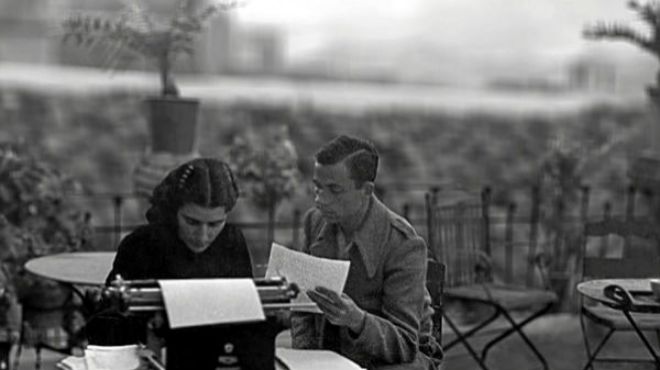The Ministry of Education, Research, Culture and Sports, has instructed 13 schools in the Valencian Community to change their names, thus fulfilling the Law of Historical Memory. In the Vega Baja they include Villar Palasí de Orihuela and Primo de Rivera de Callosa de Segura.
Compromís Orihuela has seized on the situation, calling it an opportunity to take a massive step forward in regard to equality in the municipality, since of 32 public schools and 10 private colleges in the municipality, “none is named after a woman, despite there being plenty of females who have excelled in science, education and culture,” according to the coalition secretary, Martin Borislavov.
“It is for this reason that we have presented a list with several names of female figures who have had a great influence at municipal or national level. We take this opportunity to leave behind a past linked to a dictatorship as we now call for citizens to value the women who have built our society and our democracy”, said Iratxe Torres, spokeswoman for the youth of Iniciativa-Compromís in the province of Alicante.
The list of names presented by Compromís Orihuela for the name change of the public school Villar Palasí includes the wife of Miguel Hernández, Josefina Manresa, Politician, Clara Campoamor, lawyer, Victoria Kent, artist, Maruja Mallo, scientist, Margarita Salas, Olympic gymnast, Carolina Pascual, philosopher, María Zambrano, author and feminist, Concepción Arenal, María Elena Maseras, who was the first woman to enter university in Spain, journalist Carmen de Burgos and educator, Rosa Sensat.
Compromís also recalled that in 2015 the party presented a motion to appraise the Equality Plan, but the Popular Party have done nothing about it. “Now we give them the opportunity to start by taking advantage of the name change of the Villar Palasí school to that of a woman, the first one dedicated to a female figure highlighted by her achievements,” said the secretary.
Iratxe Torres stressed that “we also urge the City of Orihuela to conduct a study of streets that may be changed to those of female figures in the future, which will serve to promote the feminisation of urbanism “.





